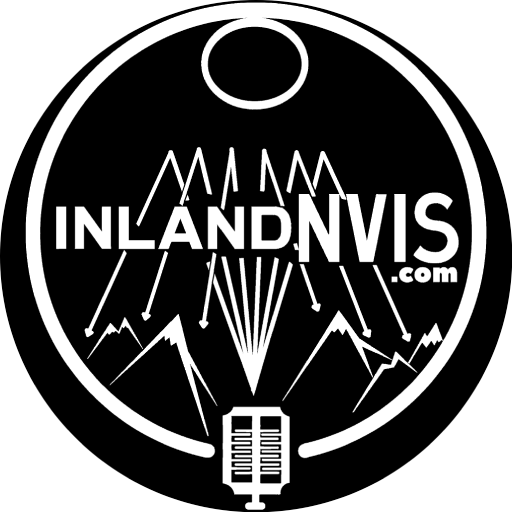Modes, Frequencies and Bands
Click on the buttons below for a detailed page concerning each topic
The three proposed modes used for communication are JS8call, FSQ and Winlink (peer-to-peer using vara). The reasoning behind this is that each of these modes has their respective advantages and “best uses” as compared to the others, thus creating a more robust usage protocol, depending on the situation. Also, limiting the modes to three gives us the opportunity to quantify the propagation data more easily since all operators will be using the same parameters. Furthermore, for operators unfamiliar with certain modes, limiting the number to three lessens the learning time needed to get up and running.

JS8Call is the most important of the three modes due to its narrow bandwidth and robust weak-signal decode that can decode at -24db in normal mode (see graphic below). JS8Call communication is slow but is often the only way to communicate when propagation is bad, noise is high, or both. Also, due to the extremely narrow bandwidth, many different operators can be on the same dial frequency at the same time. For that reason JS8Call will be used as the group calling mode on a stipulated local calling frequency.
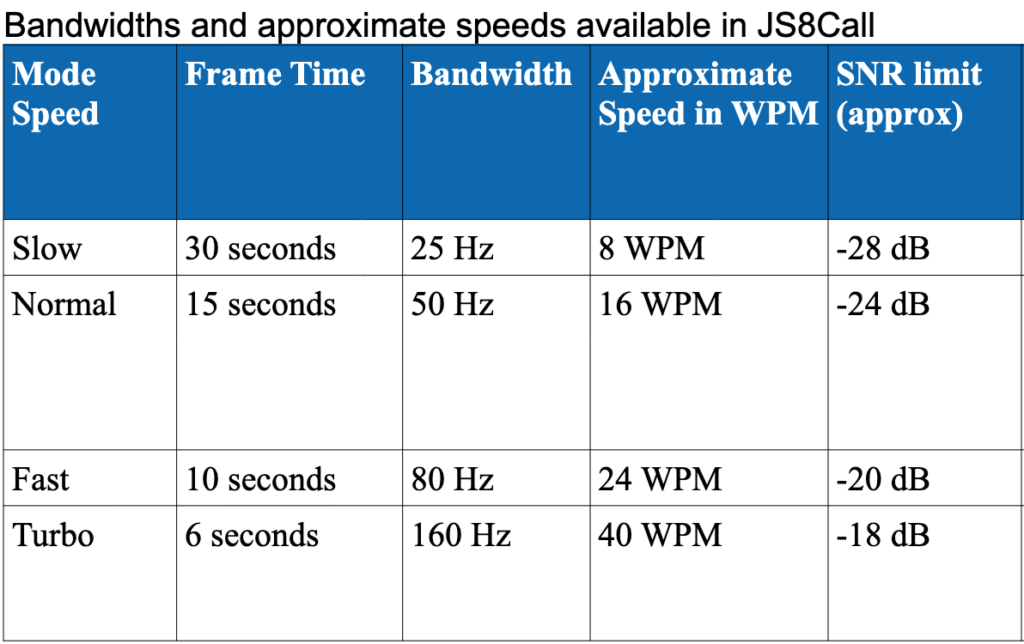
JS8Call is popularly used for communications between hams with stations hundreds, if not a few thousand miles away from each other. Calling on JS8call is not DXing, per se, but a little bit of DX with the possibility of a ragchew. These qso’s and other comms happen on 20 meters during the day(14.078 mhz js8 calling frequency) and 40 meters at night (7.078 mhz js8calling frequency).
InlandNVIS proposes choosing a distinct local NVIS inland northwest calling frequency on 40 meters during the day, and 80 meters at night (and 80 meters daytime during bad propagation that doesn’t allow for comm on 40 meters, and eventually on 160m). These frequencies will be used as a coordinating “point of departure” for all other activities, modes and frequencies related to inlandNVIS operators.
These “local calling frequencies” will be decided by process of elimination, taking into account already occupied frequencies per the “band plan” and observing general traffic, to try to find the least used, and thus, most reliable frequency for each NVIS band (40m/80m/160m). Along with the primary local calling frequencies, several backup frequencies will be established to revert to in case of heavy interference on the primary.
JS8Call Highlights:
- will decode weaker signals than any other mode (down to -28db)
- many operators can use same dial frequency and decode multiple transmissions simultaneously
- messages can be stored for later retrieval
- can relay automatically through third party stations
- ability to query stations for stored information using js8spotter (see JS8call page)
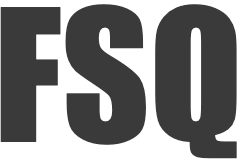
(fast, simple qso) is a digital chat mode that allows for a sentence or two to be quickly typed out and sent by simply hitting the enter key. It was designed specifically for use with NVIS and can decode signals lower than -15db. It is very much like text messaging on the phone and can be used to transfer files, relay messages, and also works well with groups.
FSQ was created for coordinated contacts, either by individual operators or groups who have previously scheduled frequencies since there are not really any FSQ calling frequencies. For faster transmission, lower-case is recommended. The table below shows the specs of the four available speeds.
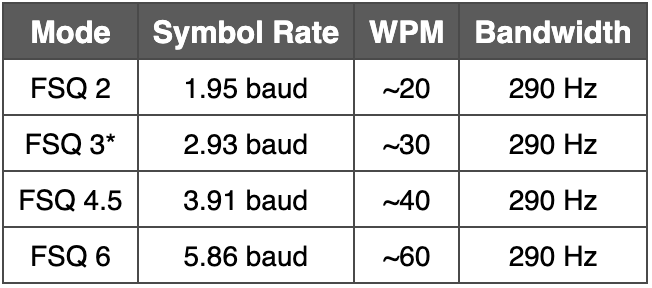
FSQ Highlights
- will decode signals down to below -15db
- does not require time sync between operators’ computers
- very fast conversational chat mode
- allows for file transfer, including images
- supports multi-path relay
- works well for groups
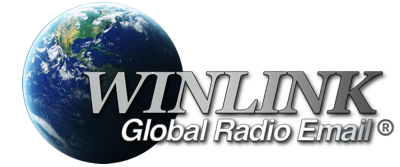
Winlink is a very
